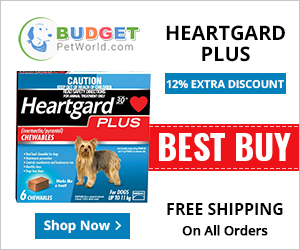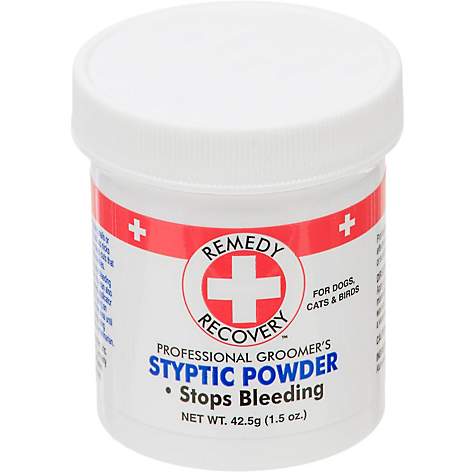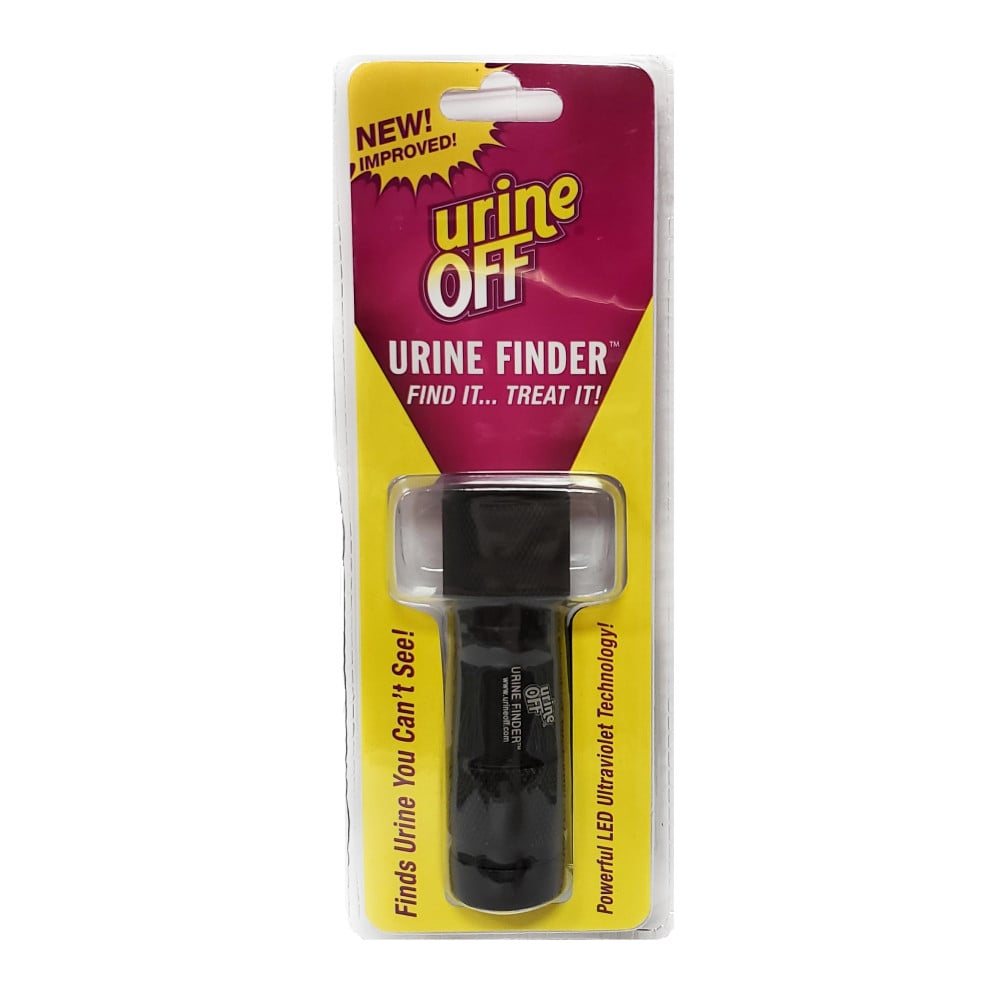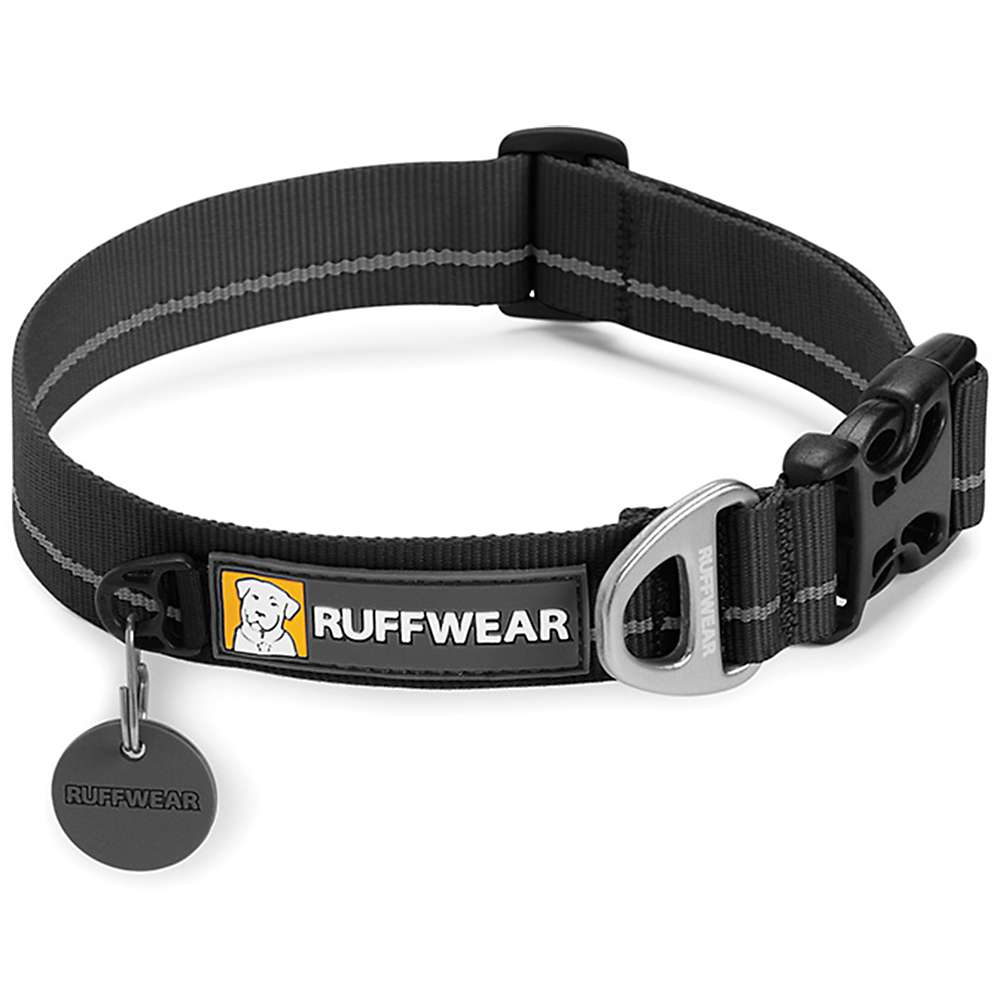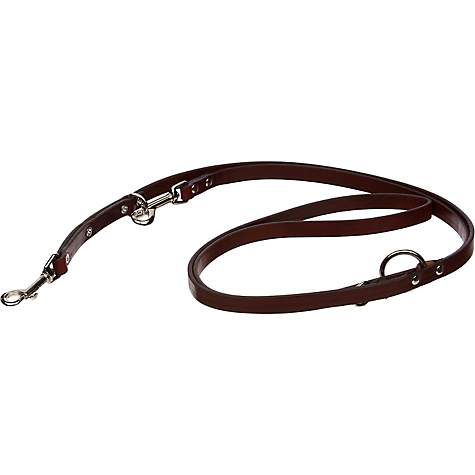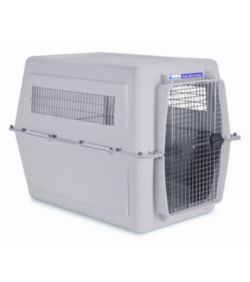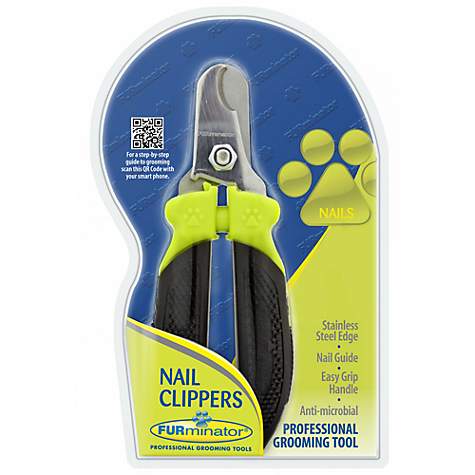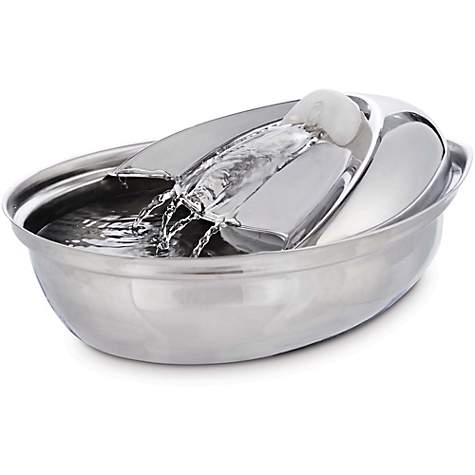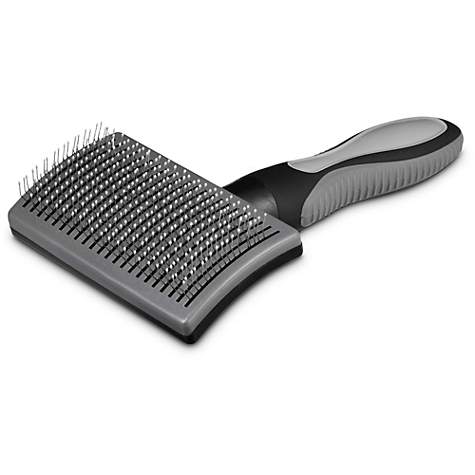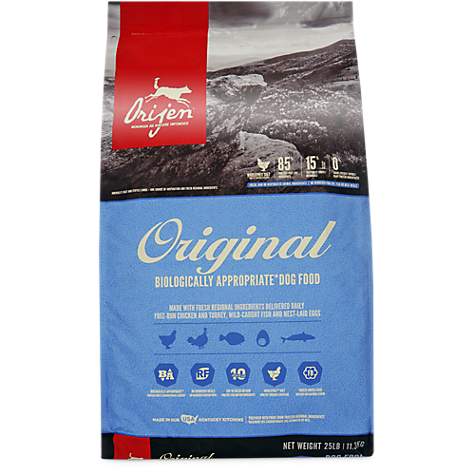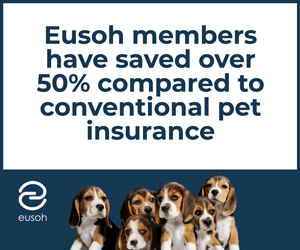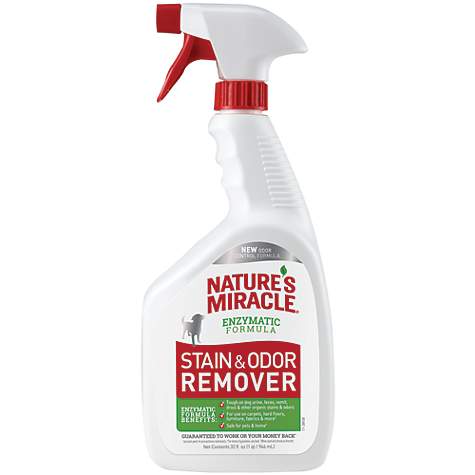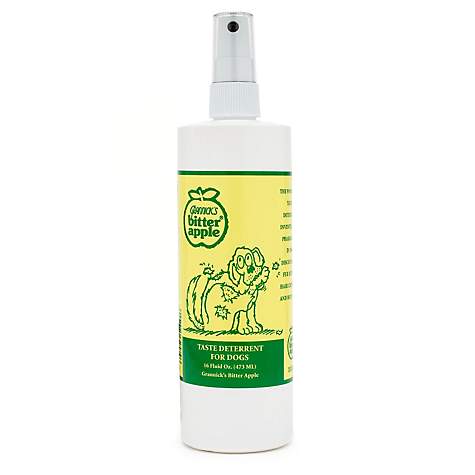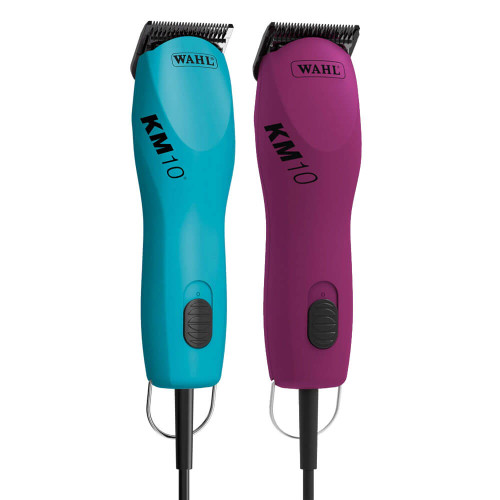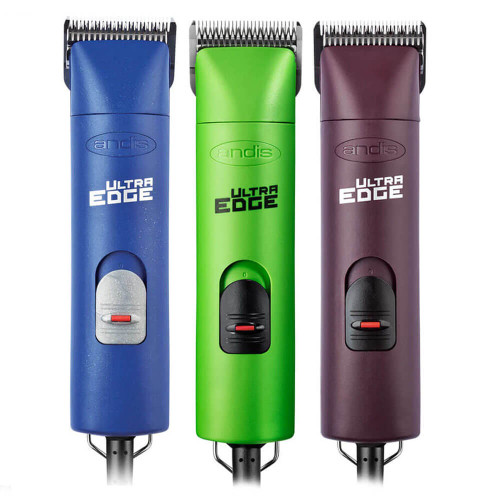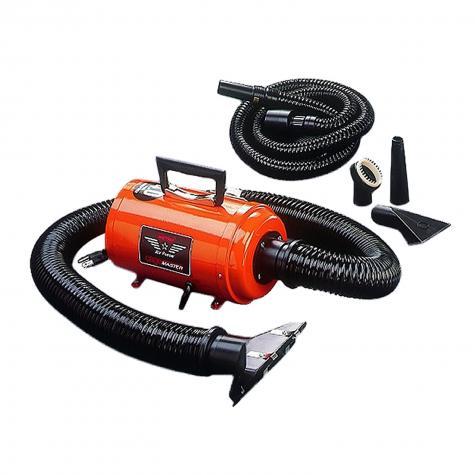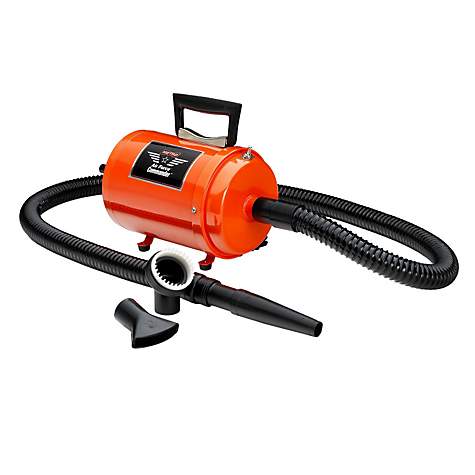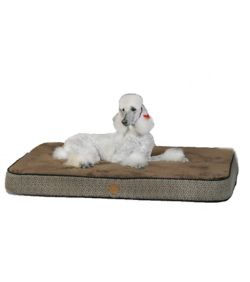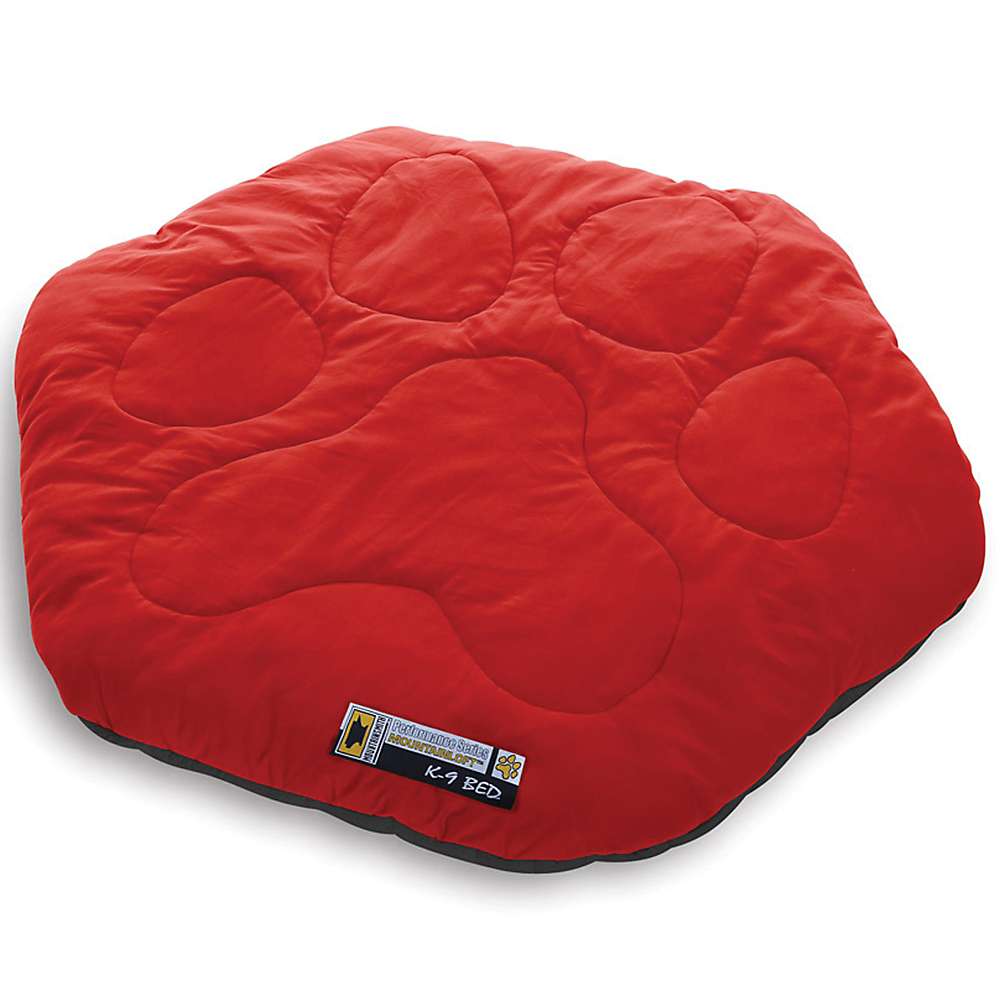Suggested Puppy Supplies - The Bare Necessities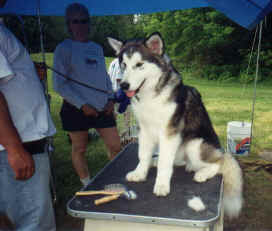
Everything from collars to dishes and a few optional items. I also put links to retailers that sell these products for your convenience. If you need anything for your puppy, please support this site by using these links to purchase from our affiliates. Most are products I've used personally and recommend highly or know someone that swears by it. Every puppy needs a few things on hand when it goes home, just like any baby!
 Collar
Collar A nylon or rolled leather, buckle puppy collar,
not more than 1" wide (this will be outgrown quickly so often an adjustable
collar is better) with an identification tag should be the most important thing you buy. The rolled leather is easy on the neck fur, but they are easier to slip out of. Never leave a choke chain on your dog when you aren't actively training (it can be very dangerous). As an adult, a limited slip
collar is my favorite - but not the kind with the hanging loop - too easy to get caught and cause strangulation. I discovered Lupine collars recently when Superman decided to chew up several in a row. They have a GREAT guarantee...(I tested out their warranty every 24 hours for awhile and got a new one FREE until he gave up! They really do mean "if chewed"). They are sturdy and well made. Avoid the ones with cheap plastic buckles if your dog pulls when you go for a walk - they can easily snap the plastic buckles with their strength - even as a young puppy.
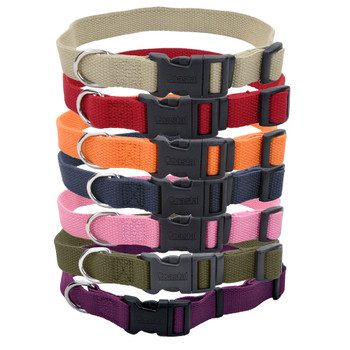
Lupine ECO Series Dog Collars Lupine ECO Series Dog Collars Lupine's ECO Collection is a unique 2-tone weave available in Earthy colors. Soft, yet strong, these dog collars are made from recycled plastic bottles! Lupine has hooked up with YKK, the world's leading buckle manufacturer to design and manufacture the best, and strongest, plastic buckle on the market.
 Always have some sort of ID on your malamute. They can go very far in a very short time. A microchip is best because it's permanent ID, but in addition a tag is also important- even before you get a dog license you should have some kind of ID tag on your puppy. Some of the newer tags have GPS tracking or ID right in the collar - a plus.
Always have some sort of ID on your malamute. They can go very far in a very short time. A microchip is best because it's permanent ID, but in addition a tag is also important- even before you get a dog license you should have some kind of ID tag on your puppy. Some of the newer tags have GPS tracking or ID right in the collar - a plus.
 6 foot leash (preferably leather
6 foot leash (preferably leather - easier on
the hands and leather is usually required for any obedience classes). A four foot leather leash can give you better control when your dog gets older. A 6 ft. nylon leash is ok for walks with a trained dog or very young puppy, but your hands can get a nasty burn if you try to hold on with an older pulling puppy. I never recommend chain leashes, they can be painful or even dangerous if you accidentally get it wrapped around a finger or paw. So hands down, leather is the best (and it's what they usually require for most obedience classes anyway). Other kinds that are nice are the hands-free leashes which are nice if you'd like to try tethering the puppy to you while potty training. Retractables are nice, if used carefully.
 A large dog crate and inexpensive SAFE bedding.
A large dog crate and inexpensive SAFE bedding. (It probably will get chewed on. Save the designer dog bed until he's older). We have PetMate Vari-Kennels and feel they are the best plastic crates as the side windows hold up well to even a determined puppy. If you prefer metal, Midwest makes the best metal crates - get a folding one in case you decide to store it later or take it with you when you travel. Soft sided crates are not good for everyday use as a puppy can chew them. They are good for travel, but you'll need a more secure crate when the puppy is left unattended. .

For puppy toenails, temporarily a pair of cheap human clippers will do - the $1 kind you find in the dollar store. But for an adult, you will need the most
heavy duty dog clippers you can find. These are strong, and easy to use. My pair has lasted forever! Do not get the guillotine type clippers, you need something more substantial as most mals have very large toenails. You might want a small jar of styptic in case you get one too short - they will bleed like crazy. If you prefer a dremmel type nail grinder, get your puppy used to it early. A dremmel makes them smoother and some dogs tolerate it better than nail clippers. The advantage of a cordless dremmel is no cord to get in the way - but the corded ones don't run out of battery power on the last nail. Nothing worse than to be half done doing nails and have the battery die after you've already wrestled your mal to the ground and are sitting on him.

Find a local
obedience school that uses lots of positive reinforcement and treats to train. If you have the self-discipline, you can use one of these online courses - but don't put it off - you have 6 months to whip this wild child puppy into a well-mannered malamute. You're looking for a puppy kindergarden class that allows some playtime! Make sure the instructor does not have an attitude - we've found many are very negative toward large, independent minded dogs (like Malamutes). It's often a good idea to sit in on a class or two and see how the malamutes, rottweilers, dobermans, and shepherds are treated in the class before enrolling. If the class is mainly goldens and labs...you may not get a fair shake with your Alaskan malamute puppy. As a backup plan, these wonderful courses from Udemy can help you get a head start.
 2 unbreakable med-large bowls (one for water, one for food)
2 unbreakable med-large bowls (one for water, one for food). We've used stainless steel, ceramic and plastic. Some people feel the plastic ones cause "snow nose" (I'm skeptical about that, but whatever. . . ). Stainless steel ones are just fine and are easy to clean and are not breakable, but some puppies like to carry them around (
See Alvin's page). Most won't carry ceramic bowls around or the fluted non-skid kind which are more difficult to pick up. You'll need something about the 2 qt. size (but don't fill it full). . .
If your puppy is a gulper and tries to eat too fast, the new slow feed bowls are great for this.

A rake, comb and slicker brush for grooming and to do it really right, a greyhound comb for linecombing. A slicker brush is nice for quick touch-ups and getting lots of shed fur out, but is not adequate for everyday grooming. A greyhound comb is very nice to "line comb" (get deep down) and comb out a normal coat. A rake works almost as well as a greyhound comb, and is a little easier on the wrist. Do not get ONLY a pin brush - they are good for quick touch ups and not much else. They don't get down to the skin so are not your best option. If you have a wooly, you may want a matt comb as well.

A large bag of high-quality puppy food for the first few months - usually between 5-6 months you'll want to switch to adult food so he/she doesn't get fat. We personally are using 4Health from Tractor Supply but there are many good brands out there. We like the ones you see on the website. I do NOT recommend Innova, Science Diet, Beneful, or the cheap grocery store brands (Kibbles 'n bits, Old Roy for example). Most Mal puppies love anything with a fish "flavor". I would be careful about foods with large quantities of milk products as some Mals can be lactose intolerant. If yours isn't, that's fine, but not a fun thing to find out after you've spent weeks trying to figure out where the diarrhea is coming from! Our other puppy owners have used Blue Buffalo, Solid Gold, Diamond and others. I also like Dr. Tim's, Eagle Pack, Canidae, and Orijen. I strongly suggest you go grain free if possible. You can research foods at
Dog Food Advisor.

Like the original Archetype, Archetype Burgers are complete with meats, organs, bone, collagen, prebiotics
and probiotics, proteoglycans (chondroitin, glucosamine), and enhanced with phytonutrient and antioxidant-rich fruits and vegetables. Uniquely packaged in a reusable/recyclable #2 plastic canister, Archetype Burgers are round patties extremely convenient to feed, and can be broken up and fed dry or rehydrated. Archetype Burgers are a great option for those who desire to purchase Wysong Archetype in larger quantities for a longer supply, or have many (carnivorous...) mouths to feed.

A veterinary appointment arranged as soon as the puppy goes home: to get his next shots, heartworm preventative, a stool check and a general health check-up. The vet will check for worms, strong heartbeat, and anything abnormal. Find out from your breeder before you go just what problems may be lurking in their lines (everyone has something - don't let them tell you differently!). Expect to return to your vet 2-3 times those first weeks - for fecals, for more shots and for well-puppy checkups. Some other first aid items you'll use are handy too....we recommend you put together a
doggy fist aid kit. Do NOT allow your vet to send you home with Trifexis for heartworm...it's killed several dogs!

LOTS of safe toys (rawhides, booda-bones, fleecy dog toys, balls, safe squeakies, nylabones, chew hooves). Be careful of Greenies and Nylabones as these have caused blockages is some dogs - the flavored variety is particularly dangerous to mals who will want to EAT them (not just chew) - get the biggest size you can find. Also, Nylabones cannot be seen on x-rays. Start out with the really safe toys, and then, once you know if your pup is a hoarder or shredder or swallower, then you can clean out the store!
More about Safe Toys - The Dead Toy Gallery If you get stuffed animals, the ones like Skinneeez that have no stuffing will save your vacuum and also are better for pups that eat things they shouldn't. Kongs and treat balls are fun to stuff with goodies and will keep a puppy occupied trying to get the food out.

A pooper scooper or shovel is necessary to keep your yard clean and free from poop and flies. If you take your puppy for walks around the neighborhood (after he's had a couple of shots), those nice little bags that fit in your pockets for cleanup and good to have on hand too (though recycled grocery bags will do just fine). A doggy dooly in the back yard is great for disposing of the waste....your trash collector will thank you.

A
fenced yard or large pen, double checked for small openings a puppy
could squeeze out of and with a securely latched gate. I'll say it again -
NO INVISIBLE FENCES!!! Malamutes have too high a pain threshold, and are too prey driven to stay inside them. (And they don't keep out the neighbor's chihuahua with an attitude and a deathwish from being killed either!). There are many kinds of fences - we've used wood privacy (my favorite, though they take more maintenance than chain link) and chain link (sturdy but if you have strays in the neighborhood or a surly next door neighbor dog, expect some fence fighting). Of course there are block, cement, and pasture fence and of course your idyllic white picket fence. Many new subdivisions do not allow fences of any kind - this is something to investigate BEFORE you get a Malamute or move into the neighborhood! I really can't understand what associations are thinking with these rules - perhaps they'd rather deal with the lawsuits caused by stray animals? One of the easiest fences to put up are panel fences like these below. They are also moveable should you move and are secure at the base to discourage slithering under (which many mals like to do).

An enzyme odor and stain remover. Nature's Miracle is my favorite, but there are other really good brands too like 4-Paws. Just make sure it has ENZYMES. Natures' Miracle now has a version for laundry - haven't tried it yet, but it looks great! Imagine, good smelling pet laundry!

Baby Gates They aren't just for babies! They are a great way to keep your mal out of trouble when he's not in his crate. Strategically placed, they can still let him roam the house, but roam with supervision where you want to allow him to go. The metal ones work best (not as easily knocked over or chewed), and ones with vertical bars make it harder for a puppy to get a toehold and go over. Some puppies will stay behind them without a problem, others you may need a second gate on top of the first to keep him/her from going over. The cheap wooden pressure gates are good for this. If you really don't want to look at a bunch of metal gates, there are some new wooden ones out now that are nice looking and almost elegant.

Schedule vacation time so you can be with the pup for the first two weeks, or plan for someone to play with and let the puppy out during the day such as a pet sitter. If you use a neighbor, sitter or even relative - make sure they understand Malamutes reasonably well....it MUST be someone you can trust to do what you ask. When you explain the dog is to never be walked off leash or that gates must always be locked - make sure it's someone that will DO what you ask!

Listerine or Bitter Apple to discourage chewing woodwork or furniture. Plus it's funny watching the puppy's expression when he decides to chew: Chew Toy $5, Furniture $500, puppy's face when he tries to chew the sofa (and you have bitter apple on it) - Priceless! (although there is the occasional puppy that loves the stuff...go figure!) One case of better puppies through chemistry! haha.

You'll need your smartphone or a camera for all the cute things he
does! And make sure you share your favorite shots with your breeder! If you work during the day, and have access to the internet through your smartphone - a webcam is not all that hard to set up so you can check in on your puppy throught the day. Some even let you dispense treats! A webcam should in no way be a substitute for a crate however! Puppies can get in to lots of mischief (even dangerous mischief) before you could make it home and stop the destruction.

Don't forget the breeder's phone number for any questions - you'll have many! While you may thinkyou're bugging your breeder, she's probably glad you called! It's so much easier to correct problems before they become too difficult. So don't be shy - call!
Things for your Christmas list -
Not necessities, but they make things so much easier!

And if you have a wooly Malamute - dog clippers (note: often the cheaper brands of clippers made for people won't work on dogs). Andis is the clipper I have and I love it! It was my Christmas present a few years ago. Clippers are also great for trimming feet. A lot quicker and safer than scissors. The dogs say it tickles their feet though!
You'll eventually want a high-velocity dog dryer if you bathe your dog yourself. If you use a groomer, not so much. As a puppy you can probably get away with towel drying really good, but especially if your pup is prone to hotspots, you'll need a good dryer. This is the one I have - it's lasted forever and does a good job.
One thing I would not recommend immediately is a dog bed....most pups will destroy them. Wait a bit and see if your puppy is a toy destroyer. If so, the bed is likely to be in shreds when you return home. Eventually most dogs get the idea that a bed is a good thing, but most mals don't get it right away. They prefer cool tile to a too-warm bed so it just becomes a fun thing to destroy. If you're puppy turns out to NOT be a bed shredder, a nice orthopedic bed is a wonderful thing and will keep your pup from getting those ugly calloused elbows.
More information & Helpful links...


![]() Always have some sort of ID on your malamute. They can go very far in a very short time. A microchip is best because it's permanent ID, but in addition a tag is also important- even before you get a dog license you should have some kind of ID tag on your puppy. Some of the newer tags have GPS tracking or ID right in the collar - a plus.
Always have some sort of ID on your malamute. They can go very far in a very short time. A microchip is best because it's permanent ID, but in addition a tag is also important- even before you get a dog license you should have some kind of ID tag on your puppy. Some of the newer tags have GPS tracking or ID right in the collar - a plus.

